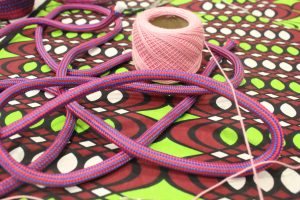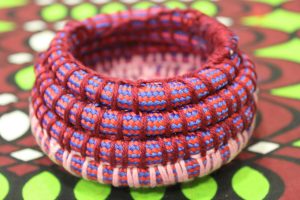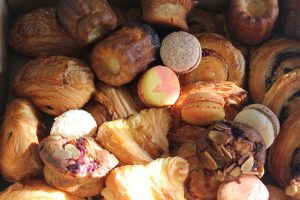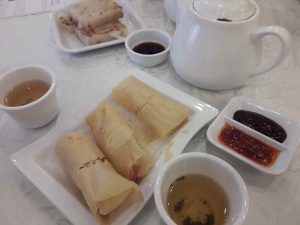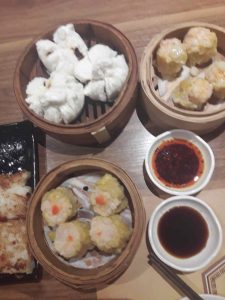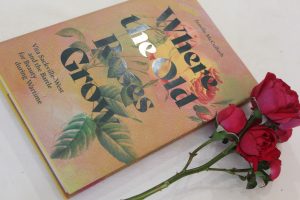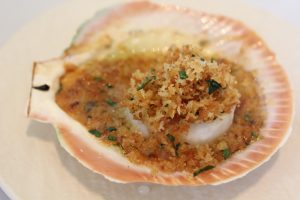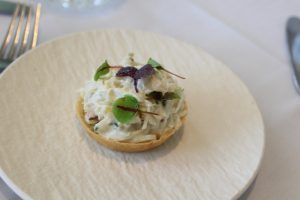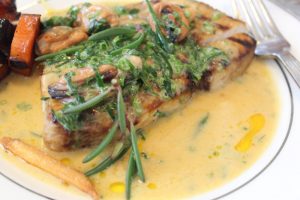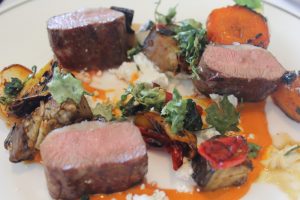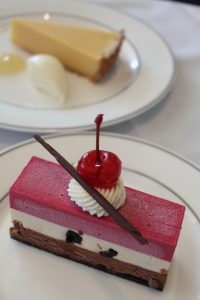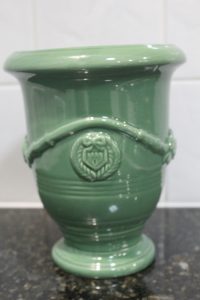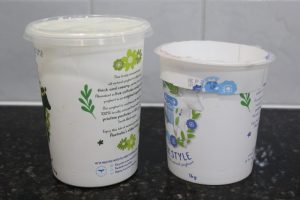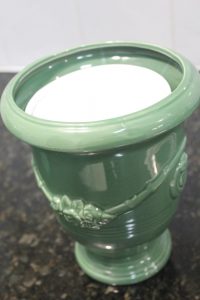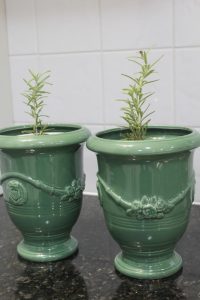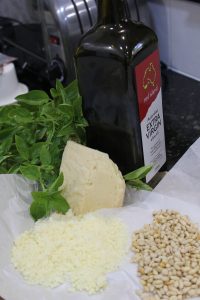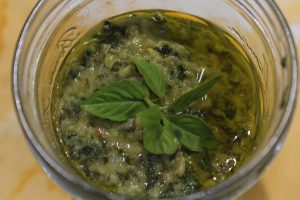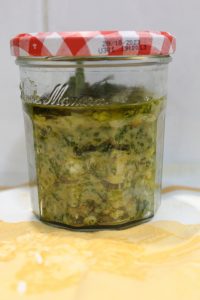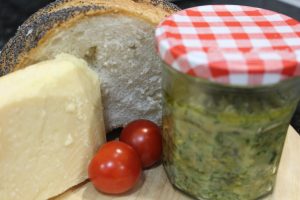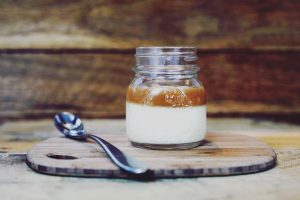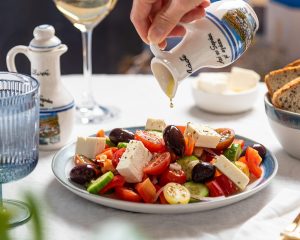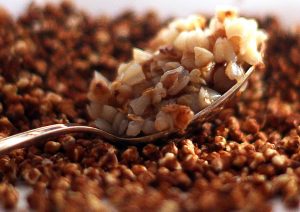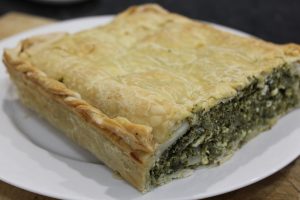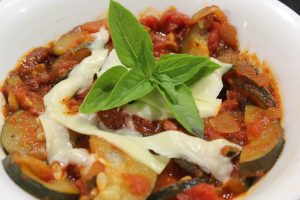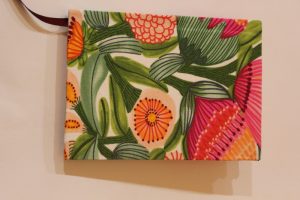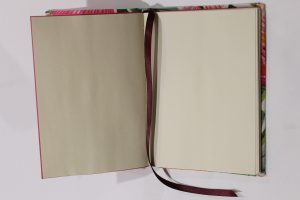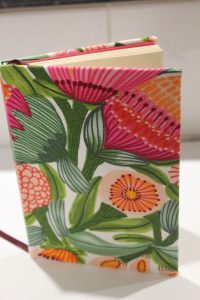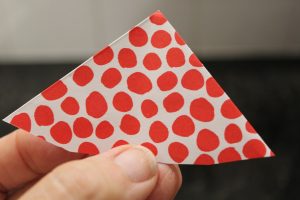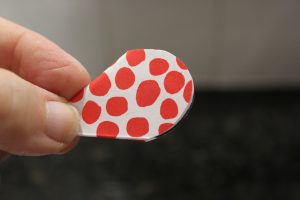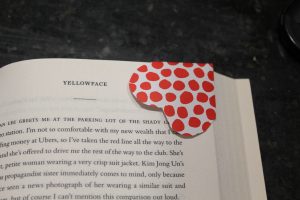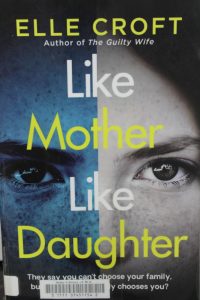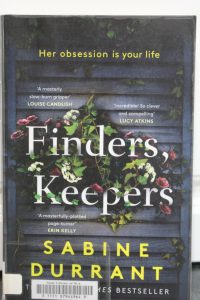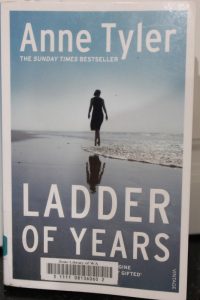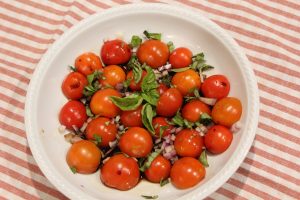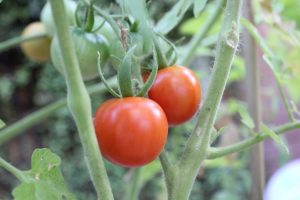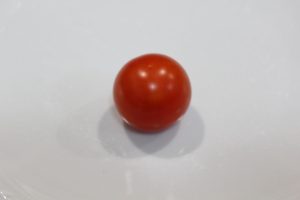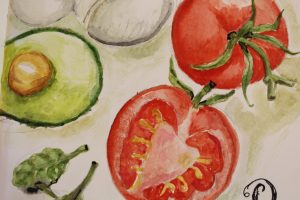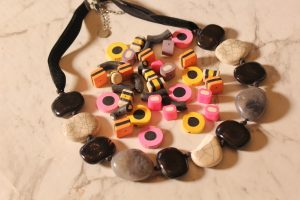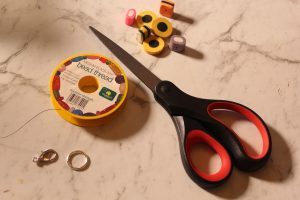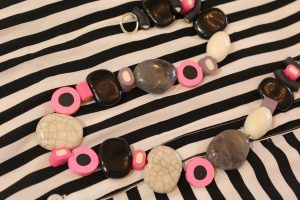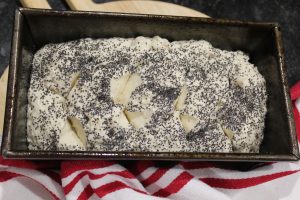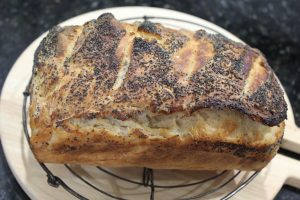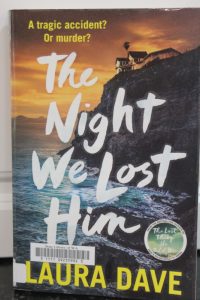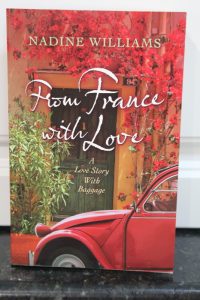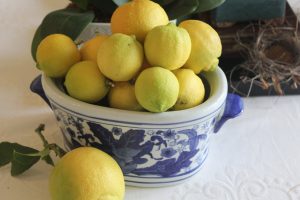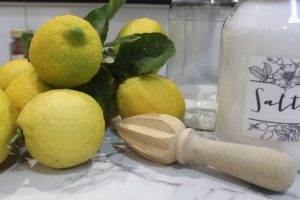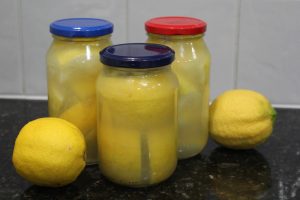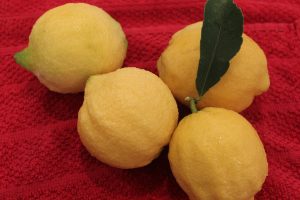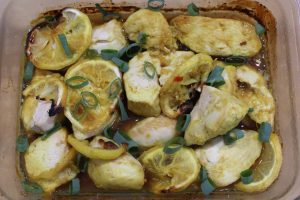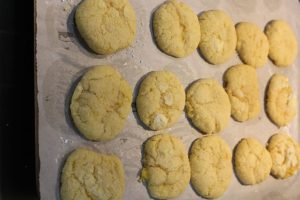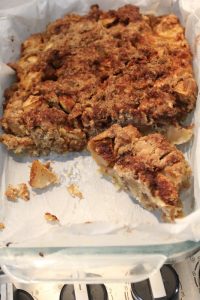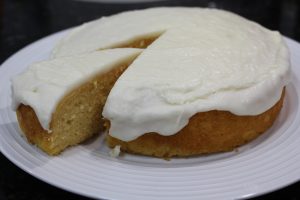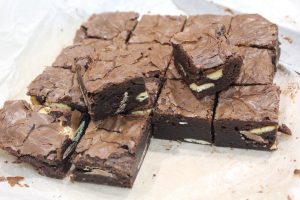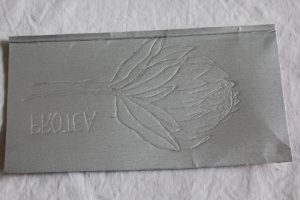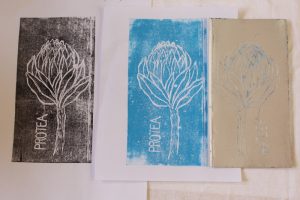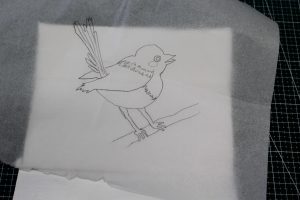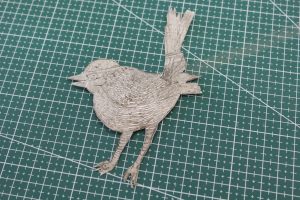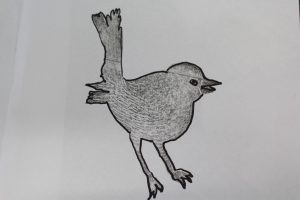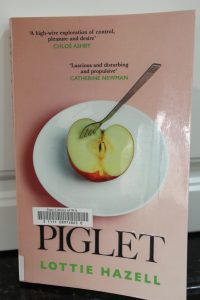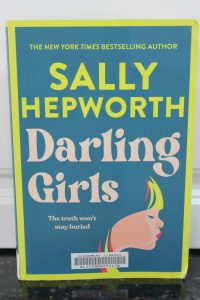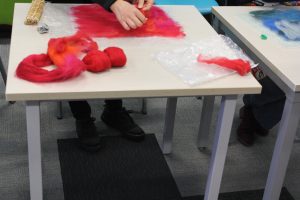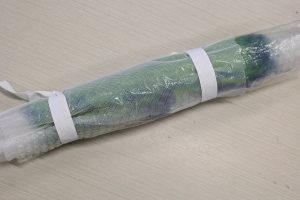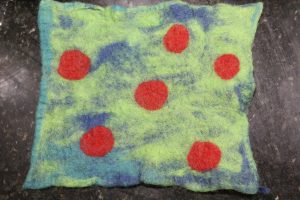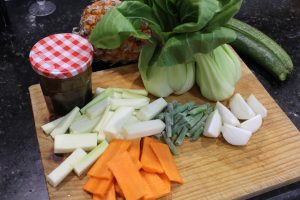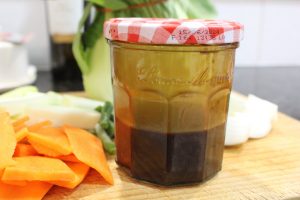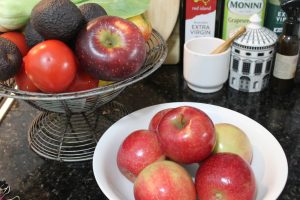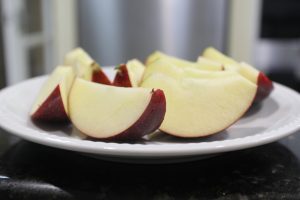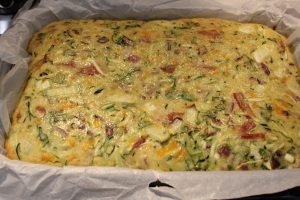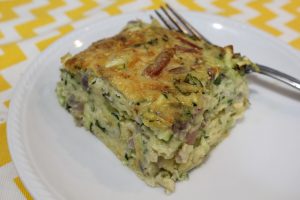lino printing
Really enjoyed a lino cut printing course. I haven’t done any printing for years. Our first activity involved our drawing our chosen image onto paper which transferred onto a polystyrene type of block. We then printed this image (the fish) onto paper. This allowed us to learn how to apply the ink all over the image and place it on the paper.
Next, we transferred our image for the lino cut onto the lino block, ready to cut. This was not old fashioned stiff lino which required heating but a far softer product. It all would have gone well, except I forgot to take my glasses and had pre-drawn a complex image for printing.
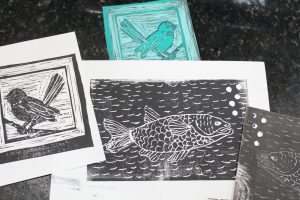
Never mind! I’d made several copies of my image and we left with some extra lino, so I’ll cut it and print the bird image again. I have (somewhere) a set of cutting tools. And I’ll wear my glasses.
journals
For years I have written in a journal everyday. I used to be able to buy them at Chinese supermarkets in Northbridge and some newsagents. They were easy to find. Post Covid they are hard to find. I ordered ten from an online auction site.


What I hadn’t anticipated was that these journals would be a little bit bigger than the ones I’ve used for over thirty years. The photocopied images I cover the books with are fine, the marbled pages I glue in as end papers are too small. A morning of marbling coming up. Bit tricky, though, as it has started to rain and the rain is forecast to continue for a week. I print the in the laundry then lay the prints to dry on the paving just outside the door. Need fine weather but we’re so pleased with the rain.

Apart from the larger format, these journals have traditional embossing on the corners and binding. I hope the printed covers will cover the embossing smoothly. Don’t really like it!
cooking


Our son was here for four days and I had most of the meals prepared. I had to make dinner for one night. Checked what was in the fridge. Found eggs, bacon and cheese so the die was cast. Snipped some spring onions from out the back. Cooked up a chopped onion and the bacon, whipped up the eggs, added some yoghurt and spring onions, grated cheese , and wilted spinach and then grind of black pepper. Into the oven.


While the egg and bacon pie cooked I prepared and cooked some vegetables. Leftover apple crumble followed.
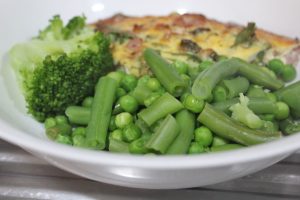

My husband can taste a range of flavours now, but curry still dominates our soups and meat dishes. This time the slow cooker was in use to make enough meals to eat some now and lots to go in the freezer.
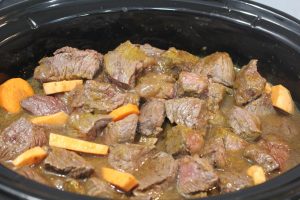

Browned onions, then 2kg of cubed rump steak and added it to bay leaves, curry powder, beef stock, five chopped carrots and some sweet potatoes. Salt, pepper, left it to cook for five hours on ‘high’.


Next morning when the curry was cold I put two lots in the fridge and the rest into the freezer. Experience has taught me to label the boxes. We’ve had some interesting thawed dinners which weren’t what I expected!

